PHOTOGRAPHY PIP WILLIAMS
The book's author, Stephanie Trethewey, understands the challenges of motherhood.
Sign up to our mailing list for the best stories delivered to your inbox.
When she was interviewed for Stephanie Trethewey's book Motherland, the 89-year-old had one condition: nothing would be off limits.
WORDS STEPHANIE TRETHEWEY
I can usually persuade almost anyone to have a yarn with me and I spent most of my TV career doing just that. But one of the biggest struggles I’ve had with the Motherland podcast is persuading rural women in their seventies or eighties to open up about their lives and their motherhood journey. They’ve raised kids on the land in a totally different era and have a wealth of experience to share but, whether it’s a generational thing or I’ve simply been unlucky, many of these women are hesitant to open up publicly.
Pat Fennell isn’t one of those women. At 89 years of age, she is an open book. She’s been a disgraced divorcee in an era of inequality for women, a single mum, a working mum and a fierce advocate for the cattle industry and for remote health. Oh, and she retired and then unretired at the age of 66. She has seen and done so much in her extraordinary life and she has no hesitation in talking openly about it all. Nothing is off limits, says Pat. “I want my children to know the truth about their mum and dad, warts and all. I hope that some of those experiences will help them when they are confronted with issues in their lives.”
Pat was born in 1933 in the rural town of Charleville in Queensland, some 700 kilometres west of Brisbane. She spent two years of her early life living with her parents and her little brother in the bush, camping in roadside tents. Her father was a time clerk for the Main Roads Department, which was busy building multiple new highways across western Queensland. Their family’s nomadic lifestyle was part of the package; they went where there was work and, depending on where they were stationed, the mail truck usually arrived once a week, bringing them food supplies. They’d take enough food for a couple of days and store the meat in a hanging safe in the breeze to ensure it stayed cool, burying the rest of their fresh food in a hole for preservation, a metre underground.
Pat’s mother taught her kindergarten remotely before the family moved back to Charleville permanently in 1941 and Pat started at the local primary school. She adored learning — a passion that stayed with her for her entire life. She was so bright that she ended up skipping Grade 2 and jumping straight to Grade 3. Back then, Pat’s dream was to become a doctor, but she quickly realised the dream was unattainable as fate had other plans for her family. Their finances became very strained after Pat’s father Bill had the first of several strokes that eventually prevented him from working full time. By the time Pat started high school, their situation was dire, and at just 14 years old she had to drop out of school to work and contribute financially to help her family make ends meet.
Pat got a job at the local council and eventually moved up to be a senior clerk working 45 hours a week. On the weekends, Pat also took on a part-time radio announcing job in the evenings, managing a dinner program that played classical music from 6pm to 7pm. Pat was forced to grow up very quickly and there was no stopping her once she got a taste for working life and the means to provide for her family. “It was very hard and times were tight. There was no money. The family was dependent on my wages, so I did what I had to.”
It was during Pat’s career in radio that she met a man named Rex who changed her life forever. He was 15 years her senior and it didn’t take long for Pat to fall in love with the mature, smooth-talking, handsome radio announcer. They kept their whirlwind secret romance under wraps for several months until Pat could no longer contain her happiness, openly declaring her love for him. But at 19 years old, Pat found out she was pregnant, something she and Rex hadn’t planned, and she was immediately made to feel deeply ashamed. Straight away, Rex offered his hand in marriage (as was customary in those days in that situation), and they married soon after at the local registry office.
Rex had served in the merchant navy during World War II, and in many ways returned a broken man. While there were no issues in their relationship early on, as Pat’s pregnancy progressed, the red flags soon became too obvious to ignore.
“We just couldn’t make it work. He had a kind heart but a lot of mental issues that resulted from war and that’s why I hate war so much. It was a terrible disgrace to be divorced. Nobody wanted to know you! Divorcee was spelled in capital letters in those days because it was very rare and frowned upon.”
Pat tried to ignore the external pressures and judgement, and with the loving and unwavering support of her parents, focused on the arrival of her baby. On Tuesday, 4 August 1953, Pat’s beautiful little girl Kerryn was born, and Pat says that the moment she met her precious daughter all the pain, embarrassment and stress of the past couple of years simply evaporated. “It was just beautiful when I held the little girl in my arms and the priest came up and he said, ‘Oh, well, it’s all over.’ I said, ‘No Father, it’s just the beginning.’”
Pat’s maternal instinct blossomed and she vowed that she would give her daughter everything she possibly could in life. Ten days after Kerryn’s birth, Pat was back at work at the council office, and soon after that she enrolled in an accountancy course to study bookkeeping so she could upskill and ensure she had even more financial security to support her little girl. For the first few years of motherhood, Pat didn’t do anything but work. It wasn’t until Kerryn turned three that Pat finally had the confidence to go out socially, and her first outing was to the annual Charleville Show in 1956. It’s there that she reconnected with Mark Fennell, a man with whom she’d gone to primary school, years before.
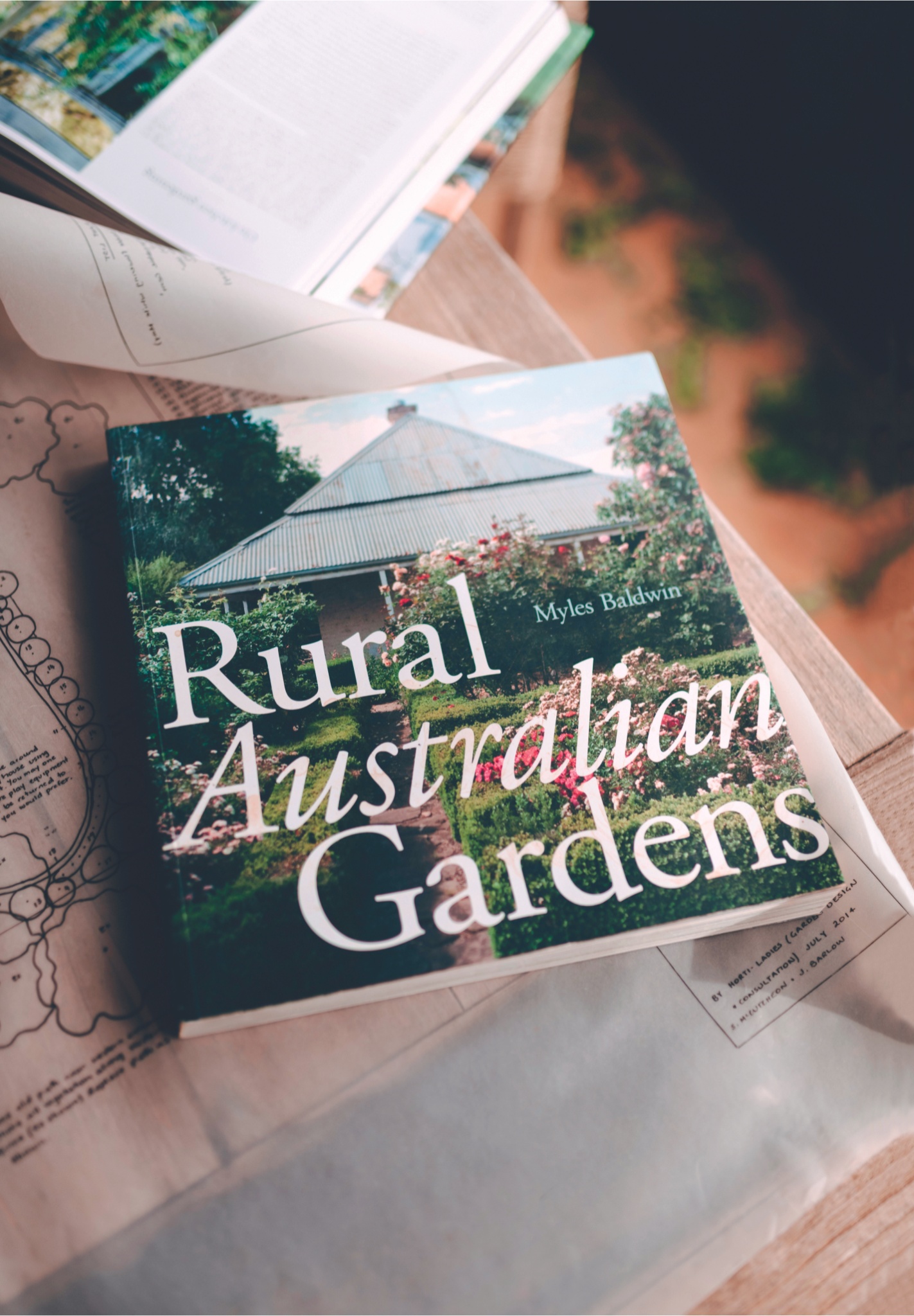
The Graziher columnist's picks range from the pretty to the purely practical.
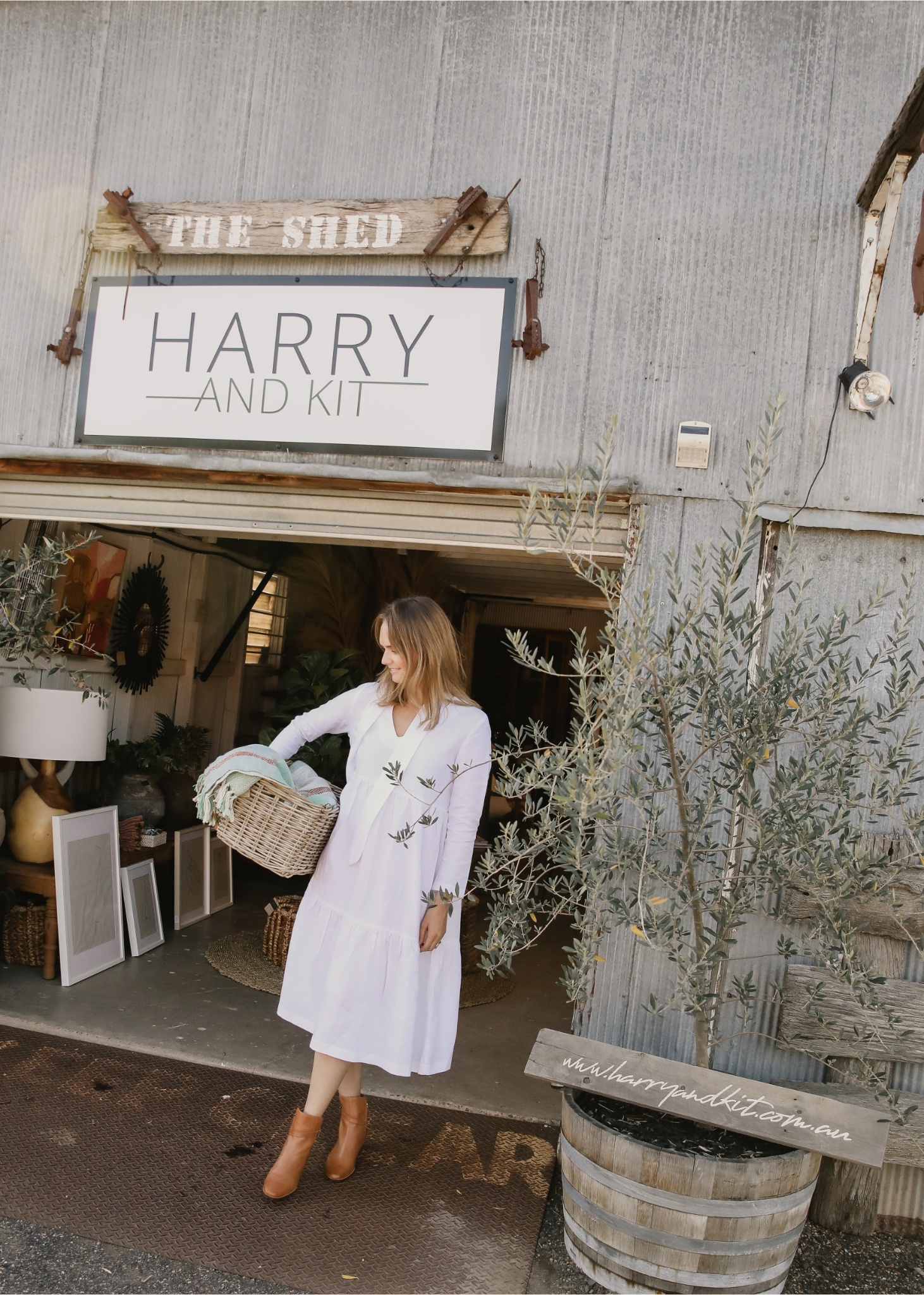
We spend the day with Lillie Holcombe at home on her property Rockybar and at work in her Goondiwindi store, Harry and Kit.
Soon after marrying Mark, Pat was introduced to rural life. Mark was from a grazing family and they moved to one of the family properties, Footscray station, near Winton, Queensland. An extremely remote station with no electricity and no telephone, it was 1200 kilometres north-west of Brisbane. Within a few months of moving to the station, Pat was pregnant, and in June 1959 they welcomed their healthy little boy, Alan. “Love conquers all, so who cares if you don’t have money or possessions?” Pat says.
Pat and her family lived on Footscray station for 12 months before an opportunity to run their own property came up. Linda Downs station was 2000 square kilometres of undeveloped, rugged country right on the Queensland and Northern Territory border, one of the most isolated parts of the country. “We moved out there with a little girl, a six-week-old baby and 20 quid in the pocket.”
Pat likens their transport to Linda Downs as something that would rival Noah’s ark. They packed everything they could fit, and set out with several pigs, a couple of goats, eight hens and a rooster — all animals that were to feed their growing family. Alan was a tiny baby when they made the three-day voyage through the gruelling Aussie outback. They stopped regularly so Pat could breastfeed and they dropped into a stock camp where they were greeted by graziers with drinks and warm food to fill their bellies.
There’s no doubt that life on Linda Downs was tough at times for the bold young couple. While he already had his hands full at home, Mark would also venture out to the bush each year to earn some extra money as a contract musterer, rounding up cattle on horseback and camping in the outback for several weeks at a time. Pat remembers the first time she was left alone on the station with the kids. As she waved goodbye to Mark, she suddenly felt loneliness seeping into her.
Pat had four children in total: Kerryn, Alan, Kim and Kalinda. Raising them all at Linda Downs was extremely isolating at times. The only other people who lived full time at the original Linda Downs site were Jimmy, an Aranda man, and Johnny Bookie. Later, after building and moving to what became known in the family as ‘New Linda Downs’, situated on the Georgina River, there were two Aranda families who lived on the property permanently.
Her thirst for learning made Pat a gifted teacher. She taught all of her kids through distance education for their primary school years before they each headed off to boarding school in Charters Towers. Today, homeschooling is much more sophisticated for most rural families, having been revolutionised by access to phones, the internet, video-conferencing capabilities and regular communication with teachers. However, for Pat, homeschooling in the sixties was a very different experience. Everything was done on hard copy, with weekly instructions and homework sent by snail mail to the station every few weeks or months.
“It was all pretty primitive. There were a couple of pages of instructions for English, maths and history but the rest was up to your imagination. At Christmas time, during the wet season, they’d send six weeks of work so you didn’t run out, because some of the rivers ran and we couldn’t get mail to the station.”
Pat’s love of teaching soon expanded beyond the family classroom to include children of the Aboriginal workers and indeed some of their parents who had not had the benefit of any formal education. One female employee on the station, also a mum, received a doctor’s report in the mail about her child who’d recently been sick. After talking to Pat, the woman admitted that she couldn’t comprehend a word of the report because she’d never been taught to read or write. That’s when Pat stepped in and offered to teach her.
“She said, ‘Do you think I can learn, missus? I’m 35.’ I said, ‘Of course you can!’ We started with the alphabet and we went from there.” It was these opportunities that Pat embraced, and she was rewarded with lifetime friendships.
As Mark and Pat’s family grew bigger and busier, so did their grazing empire. Less than 10 years after arriving in the region, Mark and Pat had built one of the most extensive station complexes in the north-west region. They also doubled their land holdings by purchasing Roxborough, a 2000 square kilometre property that adjoined Linda Downs. Through continuing to fatten and trade cattle, Mark and Pat went on to purchase two more properties in north-west Queensland.
While Mark focused on building their business, Pat was finding her purpose outside motherhood and station life. Over time, she found her passion in rural advocacy. While at Old Linda Downs she had joined the Country Women’s Association Urandangi branch, and she later became secretary and eventually president. The ladies of the CWA worked tirelessly to raise funds for causes around the region, including the Ruth Fairfax House, which provided accommodation for rural women who needed to visit Brisbane to access various services.
Once all four of her children were at boarding school, Pat decided to dedicate all her spare time to increasing her efforts to become a voice for rural Australia, fighting for more equal-ity across the community. She started by tackling one of the most male-dominated industry bodies in the country — the Cattlemen’s Union of Australia. In the eighties, Pat worked her way up to become the first female president of its Mount Isa branch. She was also the first woman to be elected as a representative of the Cattle Council of Australia, which saw her rise to prominence in the industry, playing a key role in advocating for cattle producers across the country. “It was one of the best things I was involved in. I even got to travel to the Philippines as part of a trade mission which was a big eye-opener!”
If you think Pat’s CV is already looking impressive, that’s not the half of it. In 2020, she received a Medal of the Order of Australia (OAM) in the Queen’s Birthday Honours List for her years of lobbying for equality for people in the bush. She’s been a fierce advocate for rural and remote health, serving on the Women’s Council for Rural and Regional Communities where she lobbied to have Indigenous Liaison Officers appointed at Mount Isa Hospital for the first time.
Her deep understanding and respect for Aboriginal culture, stemming from her time at Linda Downs, pushed her to fight for equality in education and a complete overhaul of nursing traineeships in the region. Traditionally, all nurse trainees had to travel away from the Mount Isa region to undertake hospital traineeships but, after lobbying and collaborating with a local doctor, Pat secured the first group of nurse trainees at Mount Isa Hospital, and six of the eight were First Nations people.
“Aboriginal people generally don’t like to leave their families, and you can’t just change 60,000 years of culture because it suits our system. I wanted to improve local skills and provide more job opportunities for all people across our town and the wider region.”
Pat has seen and done so much in her 89 years, and she admits that retiring has not been easy. Pat and Mark first tried their hand at retiring when they were aged 64. They went overseas to Europe and travelled the world for a few months, trying to get used to a slower pace of life. But, as it turns out, life in the slow lane wasn’t for them. In 1997, their family was hit by a tragedy that rocked them so hard that Pat and Mark really lost their way. Their beloved granddaughter Katie was killed in a horrific water accident just a few kilometres north of Linda Downs. Pat still remembers the chilling phone call she received that day.
“When her father rang me and said, ‘Katie’s dead,’ my breath just left me and I stammered. I was completely incoherent and don’t even remember what I said. We were utterly heart-broken.” The months and years that followed were the hardest of their lives as Pat and Mark tried to cope with their grief and support the rest of the family. They continued to do some travelling, feeling lost and uncertain about their own future plans. Two years later, an opportunity popped up which saw them ‘unretire’ and chase a new career path together. They bought a local real estate agency and spent more than 10 years working in the property market across north-west Queensland. Then, in their late seventies, they finally decided it was time to call it a day.
In recent years, Mark’s health has taken a turn for the worse. He’s been diagnosed with dementia and has been deteriorating rapidly. In 2021, Pat made the decision to move Mark into a local nursing home so he could get the care he needed. But their bond is such that Pat decided to move into the same facility and she lives just down the corridor from Mark, in the low-care part of the home. She visits her beloved Mark every afternoon.
“We each have something that the other needed in their life. Mark gave me the opportunity to break free from a life that was going to be very hard and he chose to love me and gave me a chance at a better world. In return, I have offered him my unconditional love and loyalty and I’ve guided him through our businesses and our life together.
“‘You hear about the woman behind the man, but sometimes it’s the other way around. We shouldn’t forget that a combination of a man and a woman can beat the world.”
Every time I hang up the phone after chatting with Pat, I feel invigorated and fuelled with gratitude. Yes, life can be tough; Pat knows that as well as anyone, but she has a beautiful way of stating the bleeding obvious. “Happiness is wanting what you get, not getting what you want. Because what you get is going to be what you have, so you may as well be happy with that and do something with it.”
This is an edited extract from Motherland by Stephanie Trethewey (Allen & Unwin, $36.99), which profiles 14 rural mothers from across Australia.
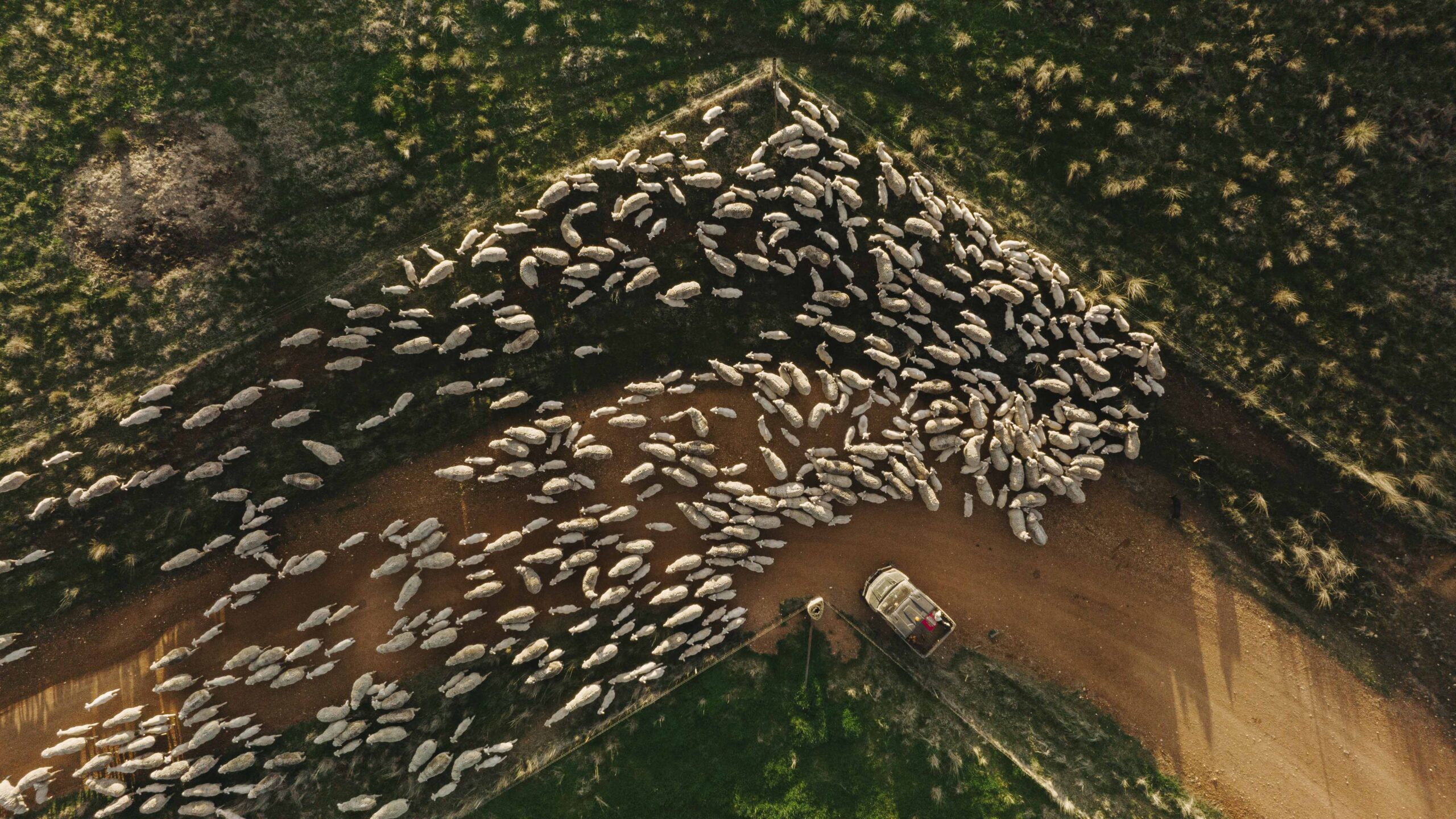
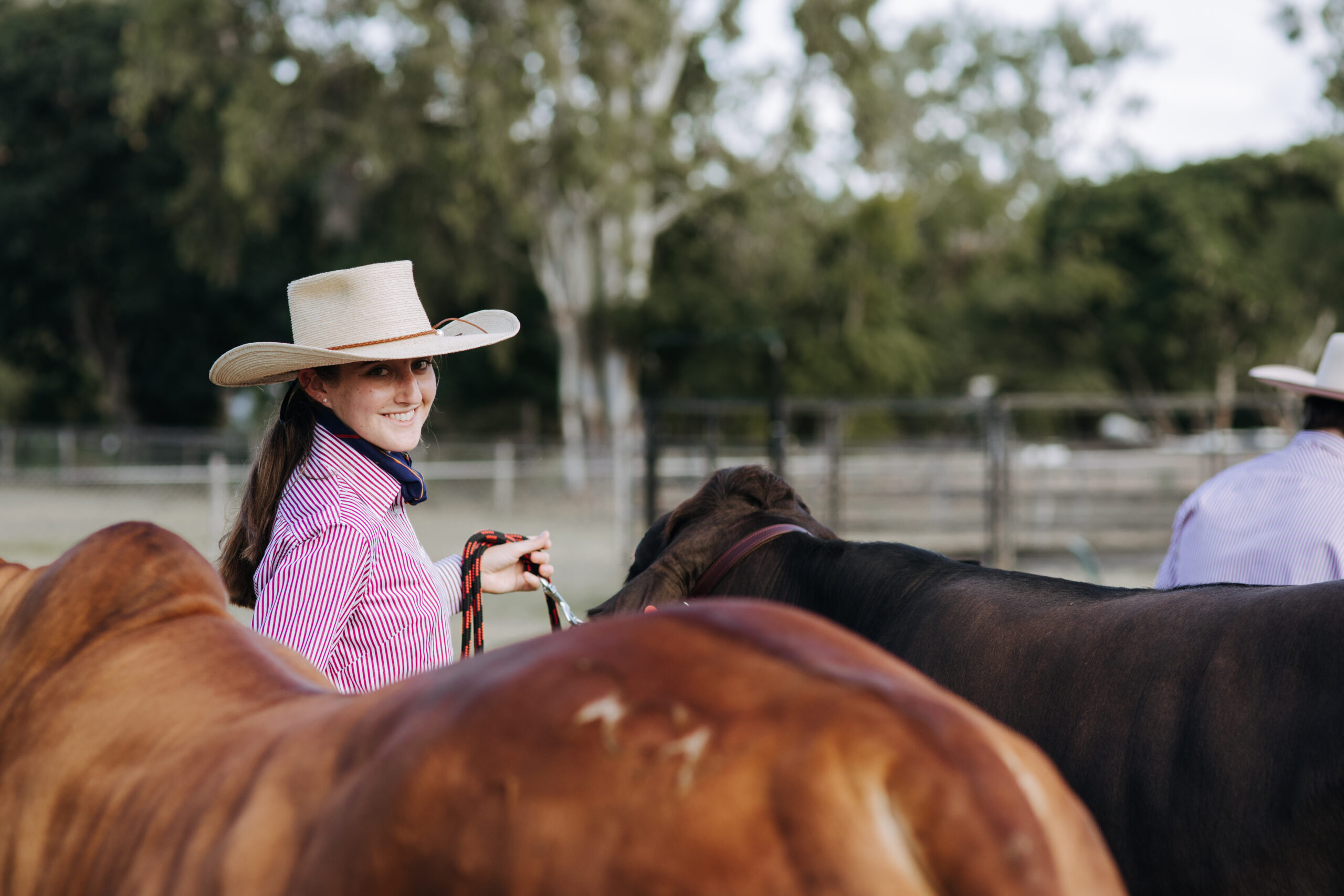
For boarders, school is much more than just timetabled lessons and sporting activities; friendships are forged for life and lasting memories are made.
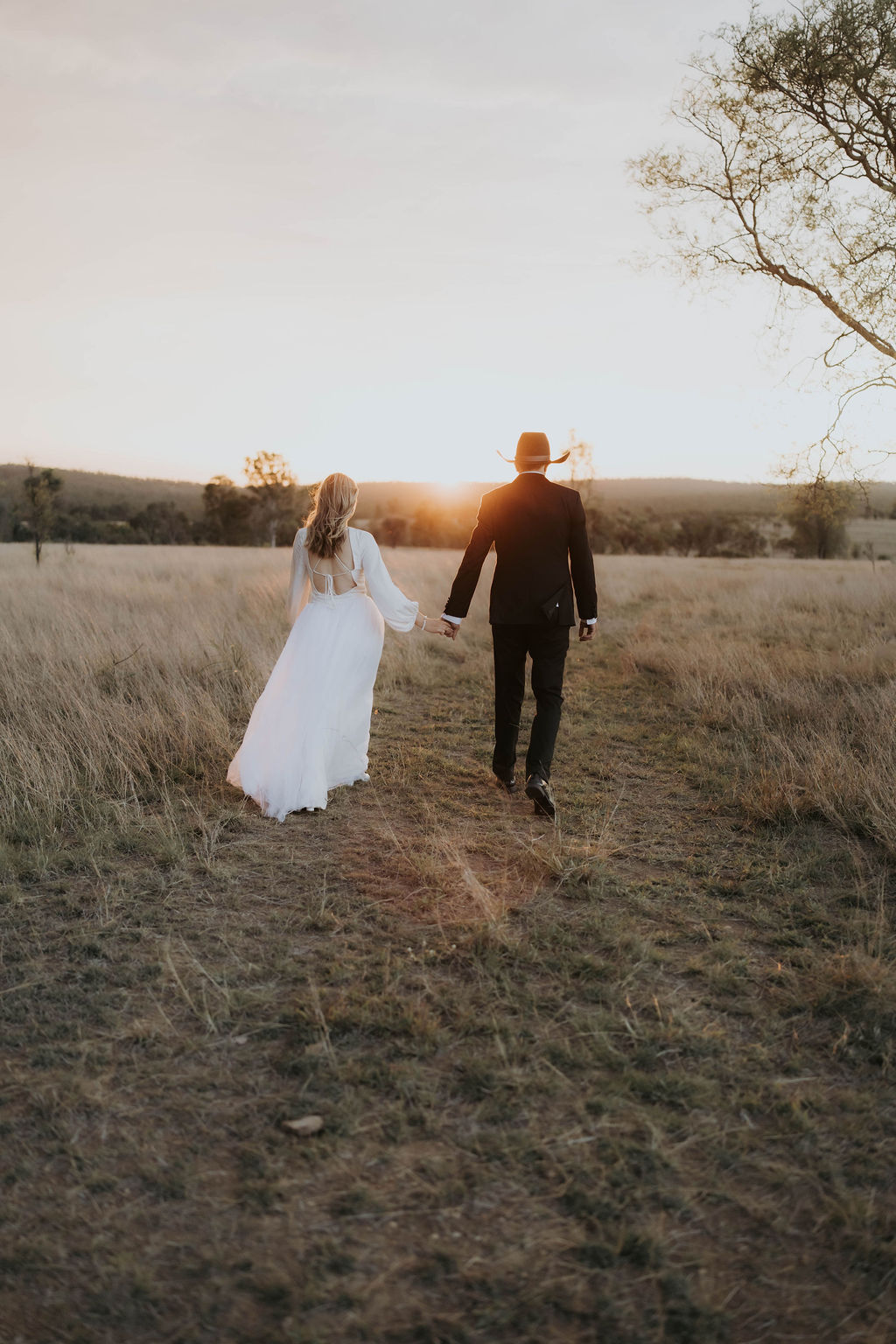
What began as a postcard-perfect country wedding soon became a story of survival, strength, and the unshakable heart of rural Australia.

Current custodian Penny Lamont says the heritage garden is designed for easy-care and dry times.